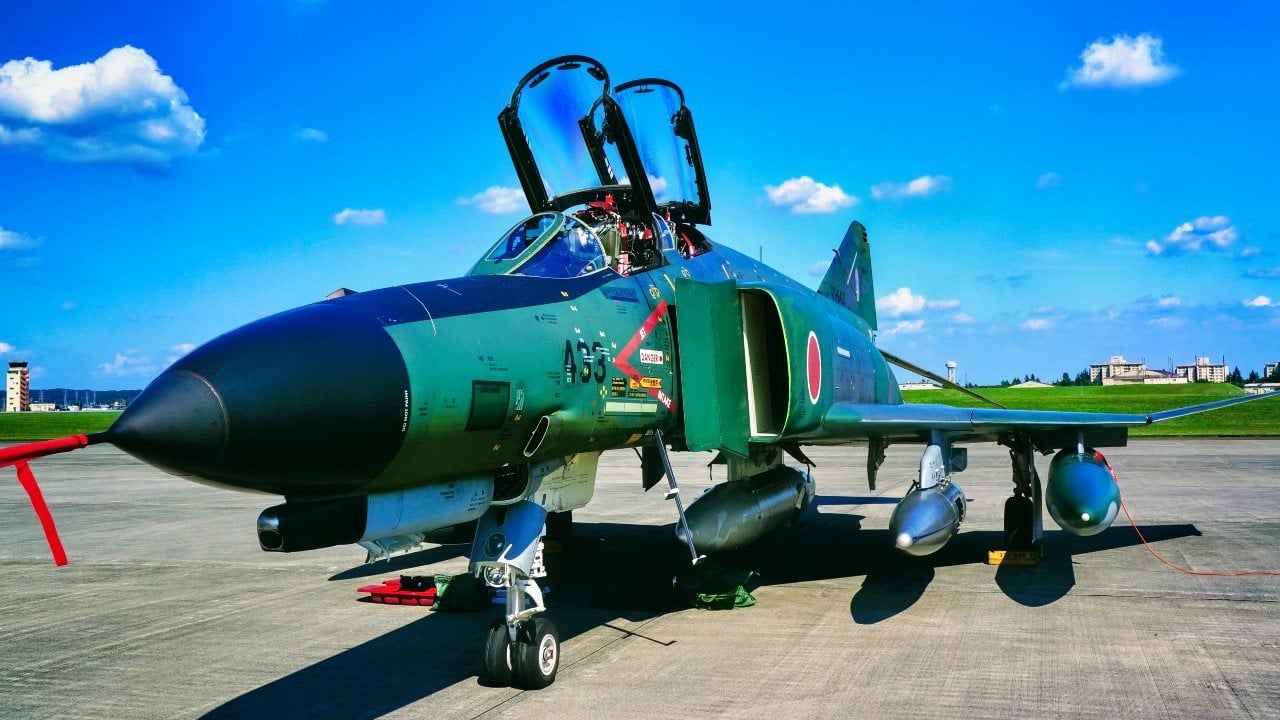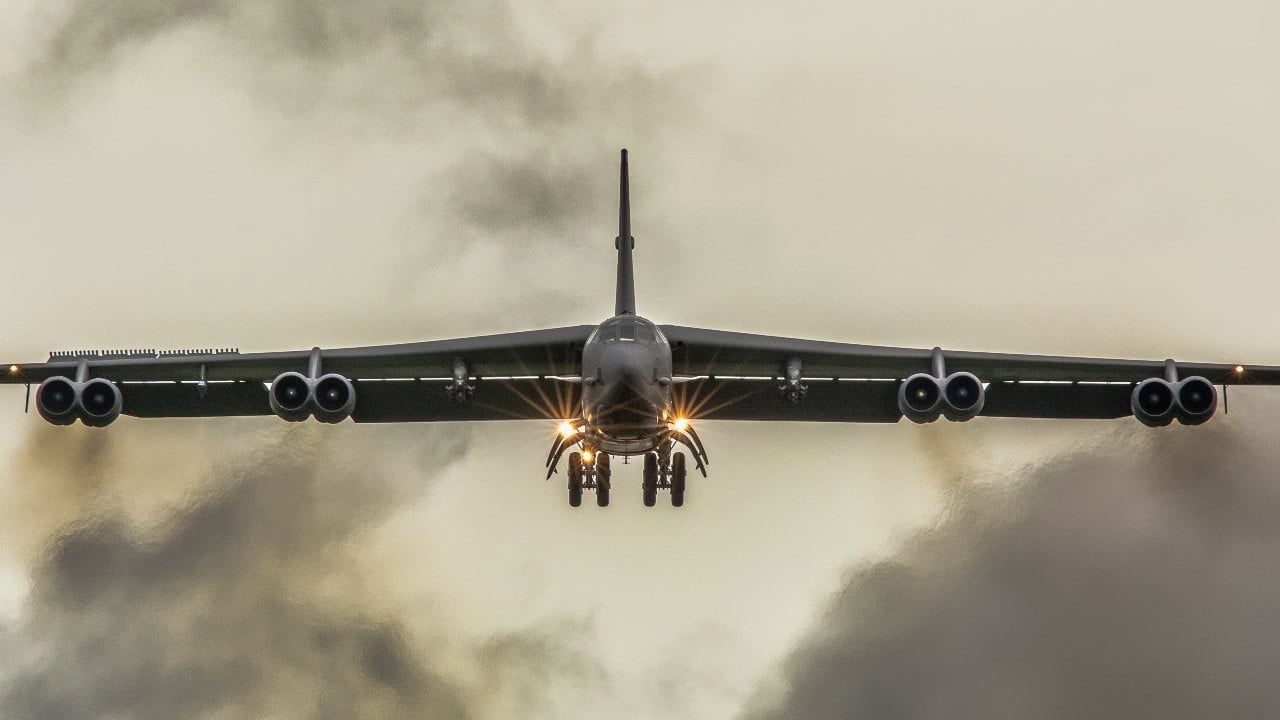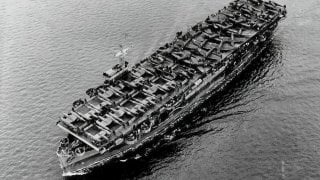How Vienamesse Commandoes Sank an Old U.S. Navy 'Aircraft Carrier'
The last U.S. Navy aircraft carrier sunk in combat was the USS Bismarck Sea (CVE-95) during World War II. Since then, no U.S. carriers have been lost in combat, though some were sunk in tests or scrapped.
Summary and Key Points: The last U.S. Navy aircraft carrier sunk in combat was the USS Bismarck Sea (CVE-95) during World War II. Since then, no U.S. carriers have been lost in combat, though some were sunk in tests or scrapped.

-Notably, the USNS Card (ACV-11), an aircraft transport, was sunk by Viet Cong commandos in 1964 while docked in Saigon.
-The ship was quickly refloated and repaired, continuing its service until 1970. This attack marked the only major U.S. vessel sunk by the Viet Cong and highlighted the importance of port security.
The Last U.S. Navy Aircraft Carrier Sunk in Combat: USS Bismarck Sea's Story
Officially, no U.S. Navy aircraft carrier has been sunk in combat since the end of the Second World War.
The escort carrier USS Bismarck Sea (CVE-95), the 40th of 50 Casablanca-class escort carriers built during the war, was the last U.S. Navy flattop to sink due to enemy action.
On February 21, 1945, CVE-95 sank off Iwo Jima after two Japanese kamikaze attacks.
In total, only seven carriers have sunk since the end of that war around the world, and none were lost in combat. A few U.S. carriers were used in atomic bomb tests, while the USS America (CV-66) proved extremely difficult to sink during live fire exercises.
The most recent carrier to actually sink was the Brazilian Navy's flagship NAe São Paulo (A-12), a Cold War-era ship that was due to be scrapped by a private company in Turkey before Ankara rejected the move. In February, the ship was scuttled off the coast of Brazil.
But There was the USNS Card
Not on the list of carriers sunk is the USS Card (ACV-11), a warship that began her career as an American Bogue-class escort carrier during the Second World War. Named for Card Sound, a continuation of Biscayne Bay south of Miami, Florida, she was the flagship of Task Group 21.14, a hunter-killer group formed to destroy German submarines in the North Atlantic.
After the end of the Second World War, the ship was placed in the reserve fleet and then reactivated in 1958 as the USNS Card (T-AKV-40). She operated as an aircraft transport with a civilian crew under Military Sea Transportation Service control. Technically, the vessel wasn't an aircraft carrier, and technically, she was no longer in service with the U.S. Navy.
In fact, the USNS Card was used to deliver aircraft and other military equipment to South Vietnam as part of the United States’ military commitment.
Sunk During the U.S. Involvement in Vietnam
The USS Card was a regular visitor to the port of Saigon, and in the early hours of May 2, 1964 — after some helicopters were loaded on board for return to the United States — a pair of Viet Cong commandos climbed out of a sewer tunnel near where the ship was anchored and attached two loads of explosives.
As the United States Naval Institute (USNI) chronicled, one of the saboteurs — Lâm Sơn Náo — had carefully gathered information on the movements of the ships.
"I was educated by the revolution, given a mission by my superiors and protected by the city inhabitants. My job when I was a docker was to gather information on all the American areas, on all their boats and all their military storage facilities," Náo recalled years later to USNI.

Náo, who had become a commando for the Viet Cong a year earlier, had previously attempted to blow up the USNS Core (T-AVK-41), but the mine failed to explode. He was determined not to see a repeat, and he brought two mines for the USNS Card – one with 80 kilos of TNT, and one with 8 kilos of C-4 explosive.
Neither Náo nor his partner in the operation, who was also a worker in the port, attracted much attention. Náo swam to the ship, attached the mines, swam back to the sewers, and made his way home.
Just an hour later, and only 15 minutes after Náo made it to his home, the mines detonated. Five civilian crew members were killed, and the ship sank stern-first into the harbor in some 15 meters of water.
Quickly Recovered and Repaired
This was the first and only time a major U.S. vessel was sunk in the battle against the Viet Cong. Recovery operations began almost immediately, and she was refloated just 17 days later. The USNS Card was towed to the Philippines for repairs and continued to serve as a transport for military hardware until 1970.

Following the attack, security at the Port of Saigon was greatly stepped up. The commando raid has served as a model for training in port security ever since.
Author Experience and Expertise:
Peter Suciu is a Michigan-based writer. He has contributed to more than four dozen magazines, newspapers, and websites with over 3,200 published pieces over a twenty-year career in journalism. He regularly writes about military hardware, firearms history, cybersecurity, politics, and international affairs. Peter is also a Contributing Writer for Forbes and Clearance Jobs. You can follow him on Twitter: @PeterSuciu.
All images are Creative Commons.
This has been updated to fix a headline error. We apologize for any confusion.


